Editor’s Note: The following account is taken from Historical Tales, by Charles Morris (published 1896).
On a summer’s day, many centuries ago, a young gentleman of Scotland was fishing in the river Irvine, near Ayr, attended by a boy who carried his fishing-basket. The young man was handsome of face, tall of figure, and strongly built, while his skill as an angler was attested by the number of trout which lay in the boy’s basket. While he was thus engaged several English soldiers, from the garrison of Ayr, came up to the angler, and with the insolence with which these invaders were then in the habit of treating the Scotch, insisted on taking the basket and its contents from the boy.
“You ask too much,” said Wallace, quietly. “You are welcome to a part of the fish, but you cannot have them all.”
“That we will,” answered the soldiers.
“That you will not,” retorted the youth. “I have other business than to play fisherman for your benefit.”
The soldiers insisted, and attempted to take the basket. The angler came to the aid of his attendant. Words were followed by blows. The soldiers laid hands on their weapons. The youth had no weapon but his fishing-rod. But with the butt end of this he struck the foremost Englishman so hard a blow under his ear that he stretched him dead upon the ground. Seizing the man’s sword, which had fallen from his hand, he attacked the others with such skill and fury that they were put to flight, and the bold angler was enabled to take his fish safely home.
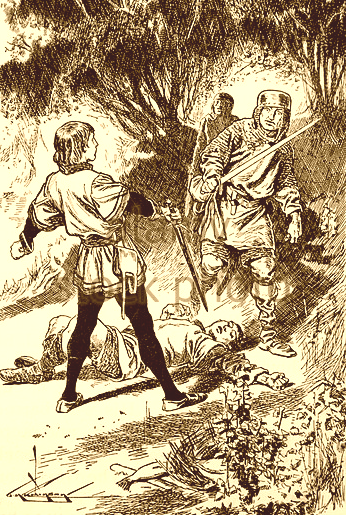
The name of the courageous youth was William Wallace. He was the son of a private gentleman, called Wallace of Ellerslie, who had brought up his boy to the handling of warlike weapons, until he had grown an adept in their use; and also to a hatred of the English, which was redoubled by the insolence of the soldiers with whom Edward I. of England had garrisoned the country. Like all high-spirited Scotchmen, the young man viewed with indignation the conduct of the conquerors of his country, and expressed the intensity of his feeling in the tragical manner above described.
Wallace’s life was in imminent danger from his exploit. The affair was reported to the English governor of Ayr, who sought him diligently, and would have put him to death had he been captured. But he took to the hills and woods, and lay concealed in their recesses until the deed was forgotten, being supplied by his friends with the necessaries of life. As it was not safe to return to Ayr after his period of seclusion, he made his way to another part of the country, where his bitter hostility to the English soon led him into other encounters with them, in which his strength, skill, and courage usually brought him off victorious. So many were the affairs in which he was engaged, and so great his daring and success, that the people began to talk of him as the champion of Scotland, while the English grew to fear this indomitable young swordsman.
At length came an adventure which brought matters to a crisis. Young Wallace had married a lady of Lanark, and had taken up his residence in that town with his wife. The place had an English garrison, and one day, as Wallace walked in the market-place in a rich green dress, with a handsome dagger by his side, an Englishman accosted him insultingly, saying that no Scotchman had the right to wear such finery or to carry so showy a weapon.
He had tried his insolence on the wrong man. A quarrel quickly followed, and, as on similar occasions before, Wallace killed the Englishman. It was an unwise act, inspired by his hasty temper and fiery indignation. His peril was great. He hastened to his house, which was quickly attacked by soldiers of the garrison. While they were seeking to break in at the front, Wallace escaped at the rear, and made his way to a rocky glen, called the Cortland-crags, near the town, where he found a secure hiding place among its thick-growing trees and bushes. Meanwhile, the governor of Lanark, Hazelrigg by name, finding that the culprit had escaped, set fire to his house, and with uncalled-for cruelty put his wife and servants to death. He also proclaimed Wallace an outlaw, and offered a reward for any one who should bring him in, dead or alive. He and many of his countrymen were destined to pay the penalty of this cruel deed before Wallace should fall into English hands.
The murder of his wife set fire to the intense patriotism in Wallace’s soul. He determined to devote his life to acts of reprisal against the enemy, and if possible to rescue his country from English hands. He soon had under his command a body of daring partisans, some of them outlaws like himself, others quite willing to become such for the good of Scotland. The hills and forests of the country afforded them numerous secure hiding-places, whence they could issue in raids upon the insolent foe.
From that time forward Wallace gave the English no end of trouble. One of his first expeditions was against Hazelrigg, to whom he owed so bitter a debt of vengeance. The cruel governor was killed, and the murdered woman avenged. Other expeditions were attempted, and collisions with the soldiers sent against him became so frequent and the partisan band so successful, that Wallace quickly grew famous, and the number of his followers rapidly increased. In time, from being a band of outlaws, his party grew to the dimensions of a small army, and in place of contenting himself with local reprisals on the English, he cherished the design of striking for the independence of his country.
The most notable adventure which followed this increase of Wallace’s band is one the story of which may be in part legendary, but which is significant of the cruelty of warfare in those thirteenth-century days. It is remembered among the Scottish people under the name of the “Barns of Ayr.”
The English governor of Ayr is said to have sent a general invitation to the nobility and gentry of that section of Scotland to meet him in friendly conference on national affairs. The place fixed for the meeting was in certain large buildings called the barns of Ayr. The true purpose of the governor was a murderous one. He proposed to rid himself of many of those who were giving him trouble by the effective method of the rope. Halters with running nooses had been prepared, and hung upon the beams which supported the roof. The Scotch visitors were admitted two at a time, and as they entered the nooses were thrown over their heads, and they drawn up and hanged. Among those thus slain was Sir Reginald Crawford, sheriff of the county of Ayr, and uncle to William Wallace.
This story it is not easy to believe, in the exact shape in which it is given, since it is unlikely that the Scottish nobles were such fools as it presupposes; but that it is founded on some tragical fact is highly probable. The same is the case with the story of Wallace’s retribution for this crime. When the news of it came to his ears he is said to have been greatly incensed, and to have determined on an adequate revenge. He collected his men in a wood near Ayr, and sent out spies to learn the state of affairs. The English had followed their crime with a period of carousing, and, having eaten and drunk all they wished, had lain down to sleep in the barns in which the Scotch gentry had been murdered. Not dreaming that a foe was so near, they had set no guards, and thus left themselves open to the work of revenge.
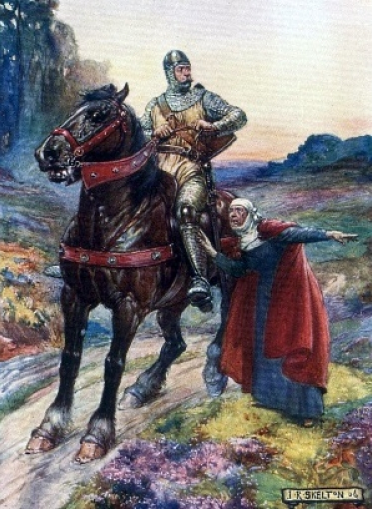
This news being brought to Wallace, he directed a woman, who was familiar with the locality, to mark with chalk the doors of the buildings where the Englishmen lay. Then, slipping up to the borders of Ayr, he sent a party with ropes, bidding them to fasten securely all the marked doors. This done, others heaped straw on the outside of the buildings and set it on fire. The buildings, being constructed of wood, were quickly in a flame, the English waking from their drunken slumbers to find themselves environed with fire.
Their fate was decided. Every entrance to the buildings had been secured. Such as did succeed in getting out were driven back into the flames, or killed on the spot. The whole party perished miserably, not one escaping. In addition to the English thus disposed of, there were a number lodged in a convent. These were attacked by the prior and the monks, who had armed themselves with swords, and fiercely assailed their guests, few of them escaped. The latter event is known as “The Friar of Ayr’s Blessing.”
Such is the story of a crime and its retribution. To say that it is legendary is equivalent to saying that it is not true in all its particulars; but that it is founded on fact its common acceptance by the people of that country seems evidence.
So far the acts of Wallace and his men had been of minor importance. But now his party of followers grew into an army, many of the Scottish nobles joining him. Prominent among these was Sir William Douglas, the head of the most famous family in Scottish history. Another was Sir John Grahame, who became the chief friend and confident of the champion of the rights of Scotland.
This rebellious activity on the part of the Scotch had not been viewed with indifference by the English. The raids of Wallace and his band of outlaws they had left the local garrisons to deal with. But here was an army, suddenly sprung into existence, and needing to be handled in a different manner. An English army, under the command of John de Warenne, the Earl of Surrey, marched towards Wallace’s camp, with the purpose of putting a summary end to this incipient effort at independence.
The approach of Warenne weakened Wallace’s army, since many of the nobles deserted his ranks, under the fear that he could not withstand the greatly superior English force. Yet, in spite of these defections, he held his ground. He still had a considerable force under his command, and took position near the town of Stirling, on the south side of the river Forth, where he awaited the approaching English army. The river was at this point crossed by a long wooden bridge.
The English host reached the southern bank of the river. Its commander, thinking that he might end the matter in a peaceful way, sent two clergymen to Wallace, offering a pardon to him and his followers if they would lay down their arms.
“Go back to Warenne,” was the reply of Wallace, “and tell him we value not the pardon of the king of England. We are not here for the purpose of treating of peace, but of abiding battle, and restoring freedom to our country. Let the English come on; we defy them to their very beards!”
Despite the disparity in numbers, Wallace had some warrant for his tone of confidence. The English could not reach him except over the long and narrow bridge, and stood the chance of having their vanguard destroyed before the remainder could come to their aid.
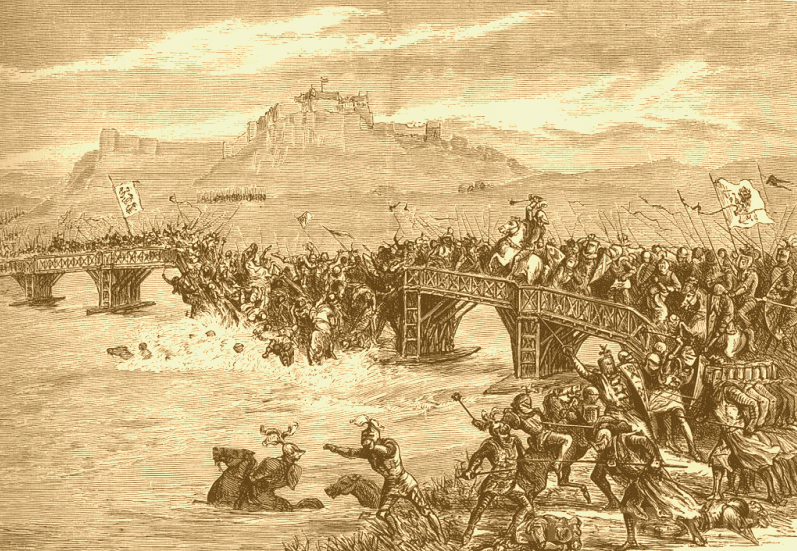
Such proved to be the case. The English, after some hesitation, attempted the passage of the bridge. Wallace held off until about half the army had crossed and the bridge was thickly crowded with others. Then he charged upon them with his whole force, and with such impetuosity that they were thrown into confusion, and soon put to rout, a large number being slain and the remainder driven into the Forth, where the greater part of them were drowned. The portion of the English army which had not crossed became infected with the panic of their fellows, and fled in all haste, first setting fire to the bridge to prevent pursuit.
This signal victory had the most encouraging influence on the people of Scotland. The defeated army fled in all haste from the country, and those of the Scotch who had hitherto remained in doubt now took arms, and assailed the castles still held by the English. Many of these were taken, and numerous gallant deeds done, of which Wallace is credited with his full share. How much exaggeration there may be in the stories told it is not easy to say, but it seems certain that the English suffered several defeats, lost most of the towns and castles they had held, and were driven almost entirely from the country. Wallace, indeed, led his army into England, and laid waste Cumberland and Northumberland, where many cruelties were committed, the Scottish soldiers being irrepressible in their thirst for revenge on those who had so long oppressed their country.
While these events were going on Edward I was in Flanders. He had deemed Scotland thoroughly subjugated, and learned with surprise and fury that the Scottish had risen against him, defeated his armies, set free their country, and even invaded England. He hurried back from Flanders in a rage, determined to bring this rebellion to a short and decisive termination.
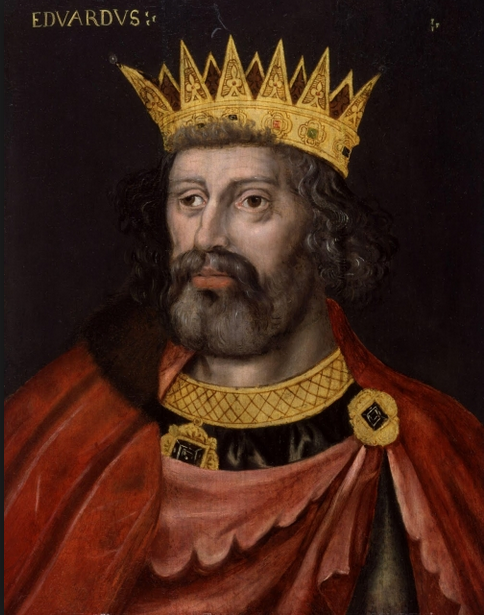
Collecting a large army, Edward invaded Scotland. His opponent, meanwhile, had been made protector, or governor, of Scotland, with the title of Sir William Wallace. Yet he had risen so rapidly from a private station to this great position that there was much jealousy of him on the part of the great nobles, and their lack of support of the best soldier and bravest man of their nation was the main cause of his downfall and the subsequent disasters to their country.
Wallace, despite their defection, had assembled a considerable army. But it was not so strong as that of Edward, who had, besides, a large body of the celebrated archers of England, each of whom carried, so it was claimed, twelve Scotchmen’s lives in his girdle,—in his twelve cloth-yard arrows.
The two armies met at Falkirk. Wallace, before the fighting began, addressed his men in a pithy sentence: “I have brought you to the ring, let me see how you can dance.” The battle opened with a charge of the English cavalry on the dense ranks of the Scottish infantry, who were armed with long spears which they held so closely together that their line seemed impregnable. The English horsemen found it so. They attempted again and again to break through that “wood of spears,” as it has been called, but were every time beaten off with loss. But the Scotch horse failed to support their brave footmen. On the contrary, they fled from the field, through ill-will or treachery of the nobles, as is supposed.
Edward now ordered his archers to advance. They did so, and poured their arrows upon the Scottish ranks in such close and deadly volleys that flesh and blood could not endure it. Wallace had also a body of archers, from Ettrick forest, but they were attacked in their advance and many of them slain. The English cavalry now again charged. They met with a different reception from their previous one. The storm of arrows had throw Wallace’s infantry into confusion, the line was broken at several points, and the horsemen charged into their midst, cutting them down in great numbers. Sir John Grahame and others of their leaders were slain, and the Scotch, their firm ranks broken and many of them slain, at length took to flight.
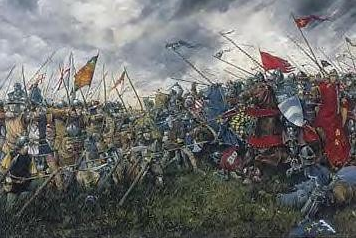
It was on the 22nd of July, 1298, that this decisive battle took place. Its event put an end, for the time, to the hopes of Scottish independence. Opposition to Edward’s army continued, and some successes were gained, but the army of invasion was abundantly reinforced, until in the end Wallace alone, at the head of a small band of followers, remained in arms.
After all others had yielded, he persistently refused to submit to Edward and his armies. As he had been the first to take arms, he was the last to keep the field, and for some years he continued to maintain himself among the woods and hills of the Highlands, holding his own for more than a year after all the other chiefs had surrendered.
Edward was determined not to leave him at liberty. He feared the influence of this one man more than of all the nobles of Scotland, and pursued him unremittingly, a great price being offered for his head. At length the gallant champion was captured, a Scotchman, Sir John Menteith, earning obloquy by the act. The story goes that the capture was made at Robroyston, near Glasgow, the fugitive champion being taken by treachery, the signal for rushing upon him and taking him unawares being for one of the company to turn a loaf, which lay upon the table, with its bottom side uppermost. In after-days it was considered very ill-breeding for any one to turn a loaf in this manner, if a person named Menteith were at table.
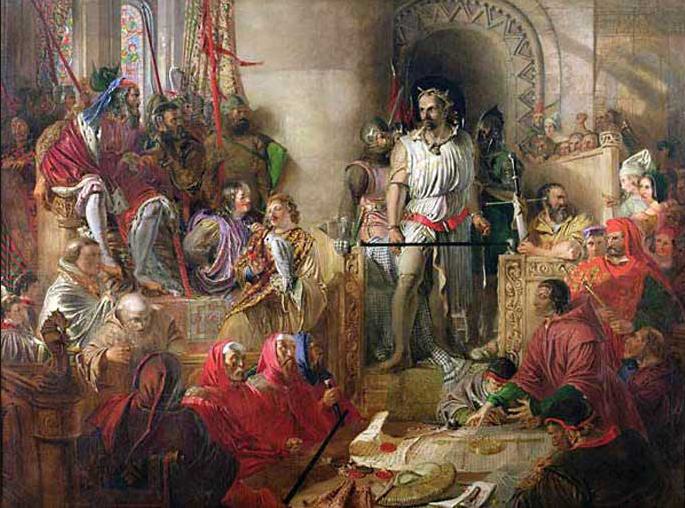
However this be, it is certain that Wallace was taken and delivered to his great enemy, and no less certain that he was treated with barbarous harshness. He was placed on trial at Westminster Hall, on the charge of being a traitor to the English crown, and Edward, to insult him, had him crowned with a green garland, as one who had been king of outlaws and robbers in the Scottish woods.
“I could not be a traitor to Edward, for I was never his subject,” was the chieftain’s answer to the charge against him.
He was then accused of taking many towns and castles, killing many men, and doing much violence.
“It is true I have killed many Englishmen,” replied Wallace, “but it was because they came to oppress my native country. Far from repenting of this, I am only sorry not to have put to death many more of them.”
Wallace’s defence was a sound one, but Edward had prejudged him. He was condemned and executed, his body being quartered, in the cruel fashion of that time, and the parts exposed on spikes on London bridge, as the limbs of a traitor. Thus died a hero, at the command of a tyrant.
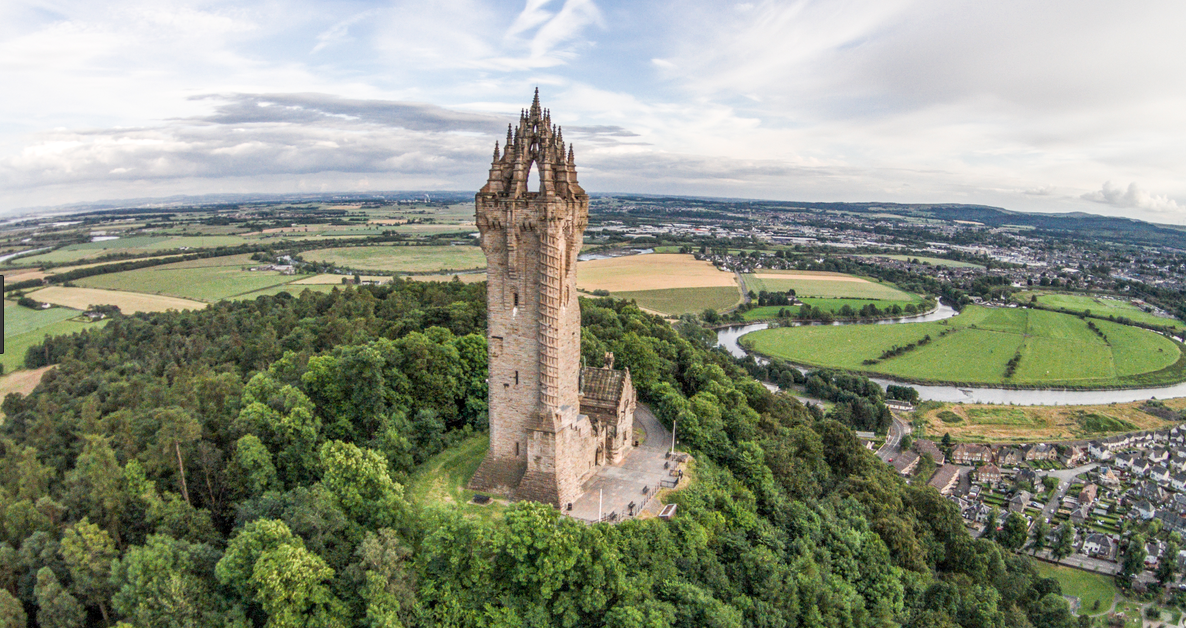

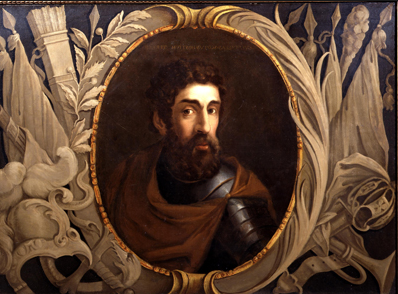

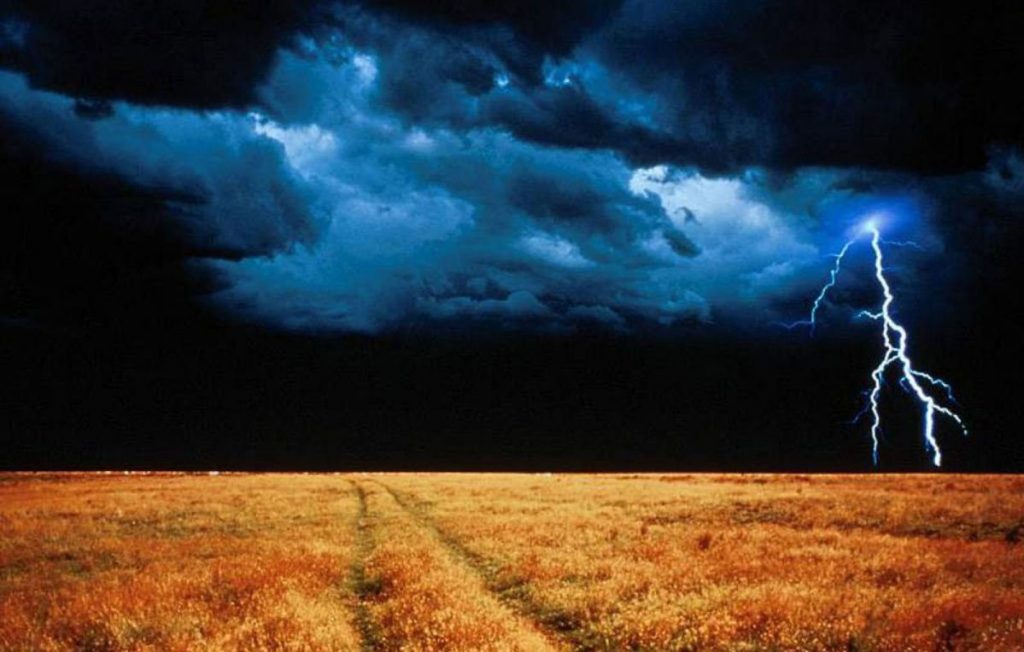
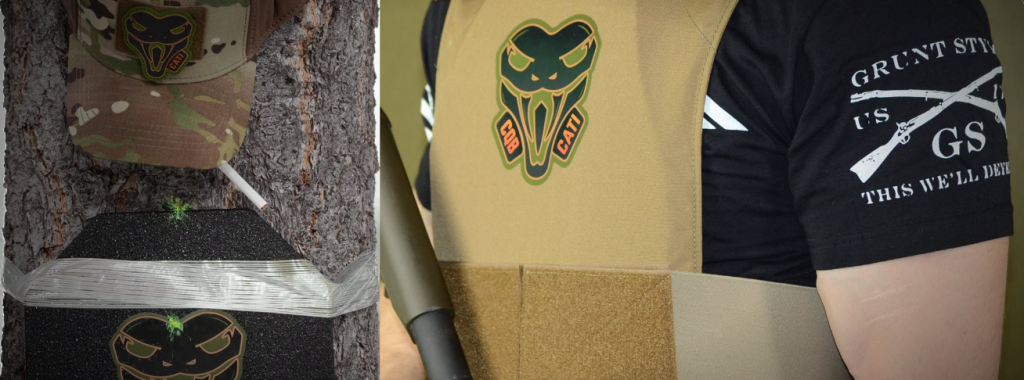

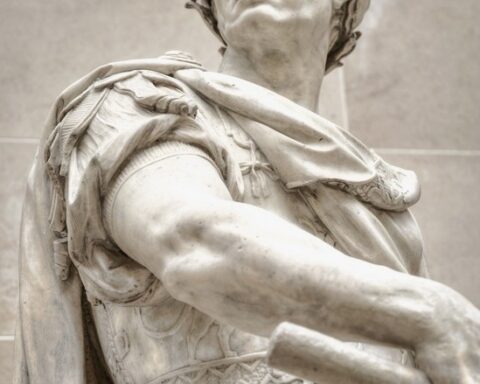
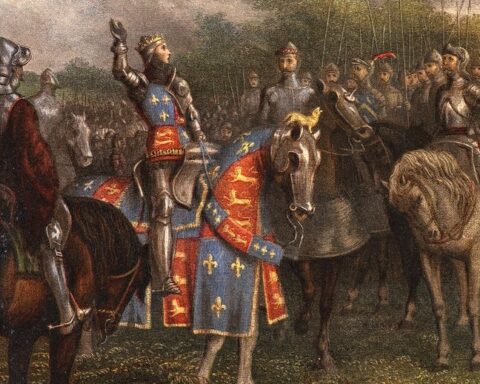
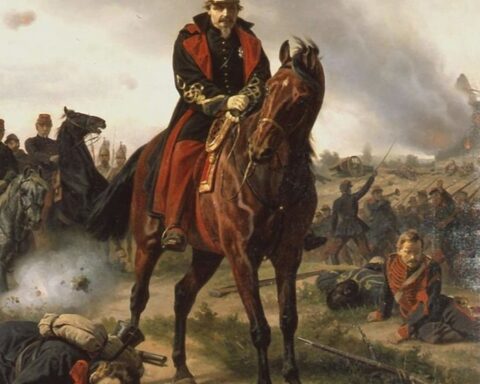
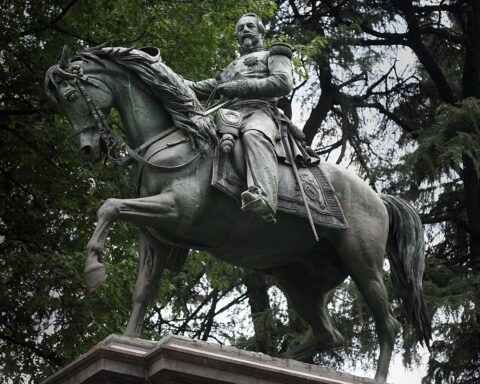
5
It was this story, which I read many years ago, that inspired me to use the online handle of Claymore.